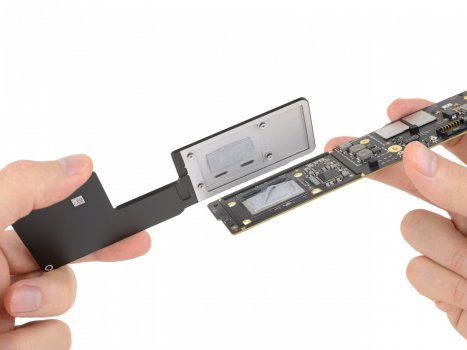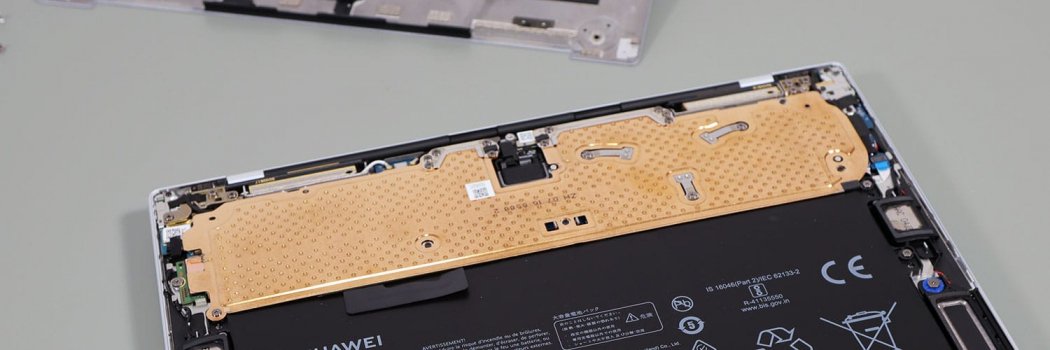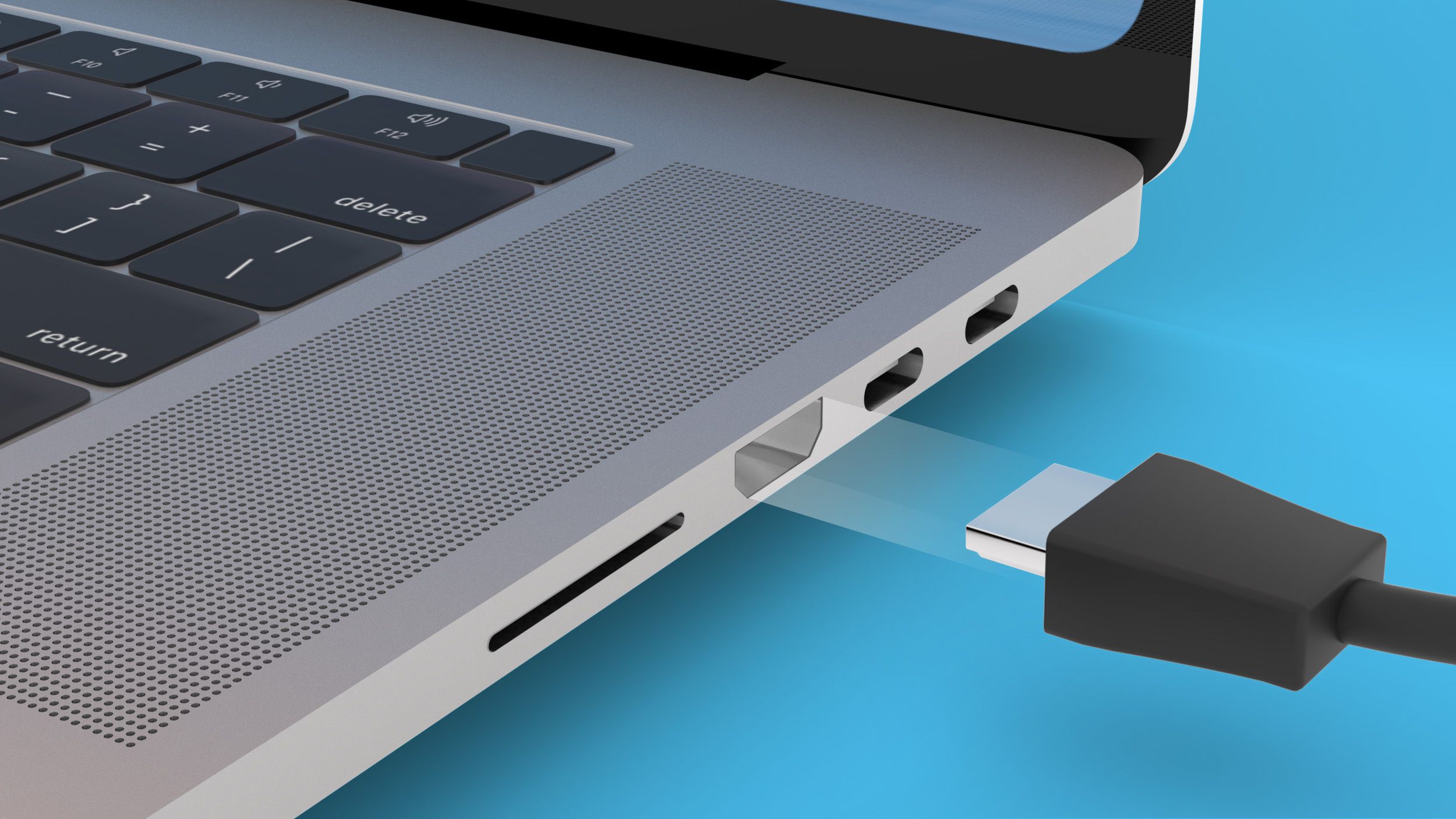Did the Intel MBA ever have fans?
MBA has always had a fan and heatsink. It's only since M1 that Apple replaced it with a fanless heatspreader (not even a heatsink) to limit performance.
Did the Intel MBA ever have fans?
1. Who says they had to do anythingthey weren’t already gonna do? They weren’t there only company set back by covid.
2. Performance per watt is pretty much the reason for Apple Silicon. The benchwank was a nice cherry on top.
3. ASi has other performance advantages other than single thread (floating point was off the charts, and fp is a big deal in browser and web apps.)
4. The friggin processors aren’t in peoples hands yet. Quit fretting.
MBA has always had a fan and heatsink. It's only since M1 that Apple replaced it with a fanless heatspreader (not even a heatsink) to limit performance.
To build the finless, quiet computer that Steve always wanted to build. If you want a fan, you can get the MBP.MBA has always had a fan and heatsink. It's only since M1 that Apple replaced it with a fanless heatspreader (not even a heatsink) to limit performance.
To build the finless, quiet computer that Steve always wanted to build. If you want a fan, you can get the MBP.
As for limiting performance, it takes a sustained workload to get the MBA to throttle. Compared to how loudly the fans run on Intel/AMD based ultrabooks, I'd say it's not a bad trade for many people. Especially considering the MBA can still perform quite well, even when throttling.
Oh, and Macs can actually reach and maintain performance on battery, something Intel/AMD laptops can't manage.

Apple wanted to limit performance.
Everybody and their dog knows you use fins to maximize heatsink surface area. The Intel MBA (2020) had a finned heatsink. With M1, Apple used a simple aluminum heat spreader instead.
I did a quick search and couldn't find them, but do you have access to (non-Youtube) benchmarks showing how severely Apple limited the M1 Air performance versus the M1 MBP by removing the fan? My recollection is that the benchmarks came out essentially the same.
Everyone and their neighbour's cat know that fins are 100% pointless without airflow.

Thanks. Just did a search for the Cinebench benchmarks:About 10-15% for sustained performance. Run Cinebench for and the first score will be high. The second and subsequent runs will be 10-15% lower.
While the laptop was nice and warm, I ran the multi-core test from Cinebench R23 again. The result was 7,110, down from 7,336 — less than 5%.
What this means is that the processor generates heat under heavy loads, as does every processor, but the passive cooling is able to disperse that heat efficiently. The overall impact on performance is minimal.
The MBA chassis isn't a vacuum and convection still occurs.
There was zero chance of an annual cadence for M-series. Launching M1 iMac in April 2021 told everyone what Apple's plan was. It doesn't use mini LED nor any new breakthrough technologies. Yet, it was launched 6 months after M1. Does anybody believe Apple had to delay the M1 iMac?
As early as mid-2020, Kuo predicted MacBook Pro 14 and 16 with mini LED would come in late 2Q21 or 3Q21. Apple didn't miss their timelines. This is one of those cases where Mark Gurman missed.

Kuo: Apple Silicon Macs to Include 13-inch MacBook Pro and MacBook Air This Year, 14.1-inch and 16-inch MacBook Pro Models Next Year
At last month's WWDC, Apple officially announced that its Mac computers will be transitioned from Intel x86 to homegrown Apple Silicon chips....www.macrumors.com

Thanks. Just did a search for the Cinebench benchmarks:
Mac/MacOS Archives
From professional Macs to Macbook Airs and Mac OS, we cover a wide range of Apple computing options to help you find the best fit for your needs.www.androidauthority.com

Your missing the point:
- there is no airflow inside the MBA (and no this does not mean it is sealed)
- it is a heatspreader, not a heatsink. The MBA's chassis is the heatsink in this design
- the Cube was build was designed to maximise convection
There doesn't need to be outside airflow for convection to occur.
There doesn't need to be outside airflow for convection to occur.
Your point #2 means convection is happening in MBA! Otherwise, the chassis wouldn't serve as the heatsink.
Yes, the Cube was designed to maximize convection. That doesn't mean it's not happening in MBA.
At a 1-2mm gap between the heatspreader and the chassis that won't do much good.
What you do have is various masses and heat getting transferred between them.
The CPU pushes heat into the heatspreader and once that is saturated it will throttle. Put fins into that and you reduce mass making it saturate faster.
The heatspreader pushes the the heat into what little air there is in the Air which then transfers it to the case.
This is done this way to prevent a hotspot on the outside (as demonstrated by those youtubers "fixing" the Air by putting a thermal pad in that space).
So in short, putting fins on there would make the Air throttle faster and !maybe! a little less while also maybe spreading the heat less evenly out to the chassis.
This indicates Apple hasn't maximized the size or mass of the MBA heat spreader.
Fins won't reduce the mass of the heatsink. Modders have identified that they can fit in 3mm thick thermal pads. This indicates Apple hasn't maximized the size or mass of the MBA heat spreader.
It's not even necessarily malice. For example, every PC gamer is convinced they know more about cooling Macbook Airs because of that Linus video.Find it fascinating that some people always assume malice without even considering the possibility that well paid engineers actually did their job when doing it the way they did.
It's not even necessarily malice. For example, every PC gamer is convinced they know more about cooling Macbook Airs because of that Linus video.
The funny thing is that the LTT video on the M1 Air concluded that Apple did it right …

